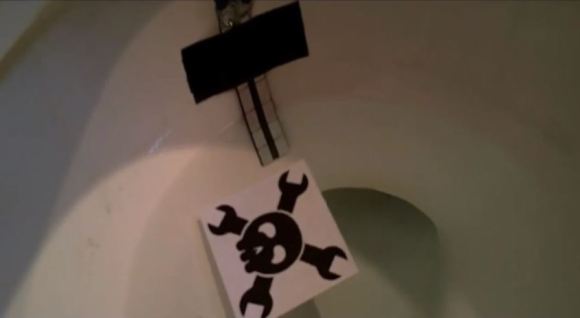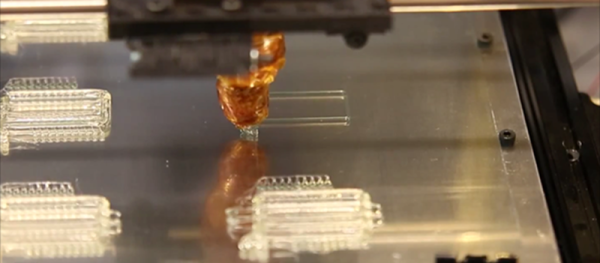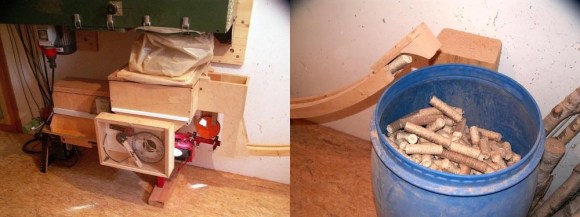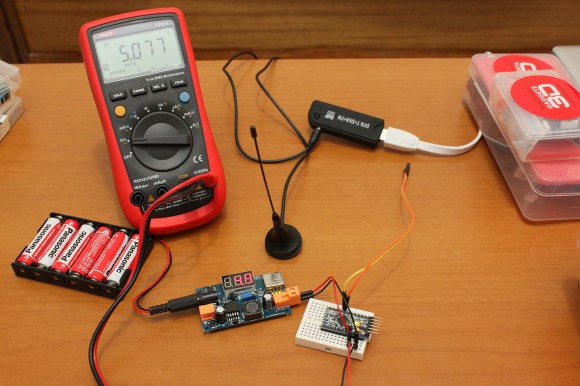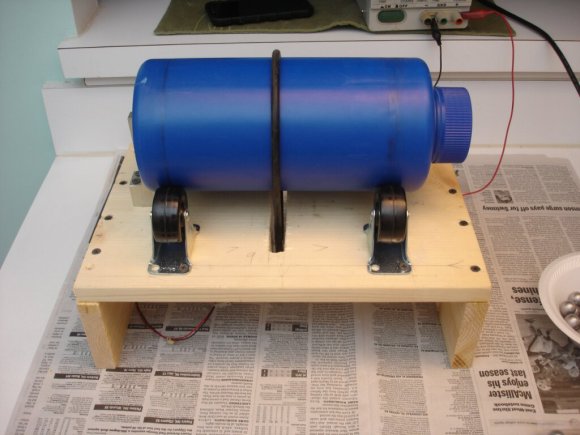 [Mike] enjoys doing all kinds of things with glass. He likes to melt it and fuse it into new things, so it’s perfectly understandable that he wanted to make his own glass. Doing so requires finely ground chemicals, so [Mike] put together this awesome homemade ball mill.
[Mike] enjoys doing all kinds of things with glass. He likes to melt it and fuse it into new things, so it’s perfectly understandable that he wanted to make his own glass. Doing so requires finely ground chemicals, so [Mike] put together this awesome homemade ball mill.
The design is wonderfully simple. The mill is powered by a robust 12VDC motor from a printer that he’s running from a variable power supply in order to fine tune the speed. [Mike] built a scrap wood platform and attached four casters for the drum to spin against. The drum is rotated by a round belt he had lying around from various other projects. [Mike] already had a couple of those blue containers, which formerly held abrasive grit for use in vibratory tumblers.
[Mike] had some trouble with the drum walking off the casters so he attached scrap piece of aluminum to form an end stop. All he had to buy for this project were the 5/8″ steel balls and the casters. The mill can also be used as a rock tumbler, though the bottle isn’t quite water tight as-is. He does not recommend this type of setup for milling gunpowder or other explosives, and neither do we.
Make the jump to see the mill in action and get the grand tour. If you need more tumbling power, use a dryer motor!
Continue reading “Homemade Ball Mill Tumbles Along Like A Champ”

